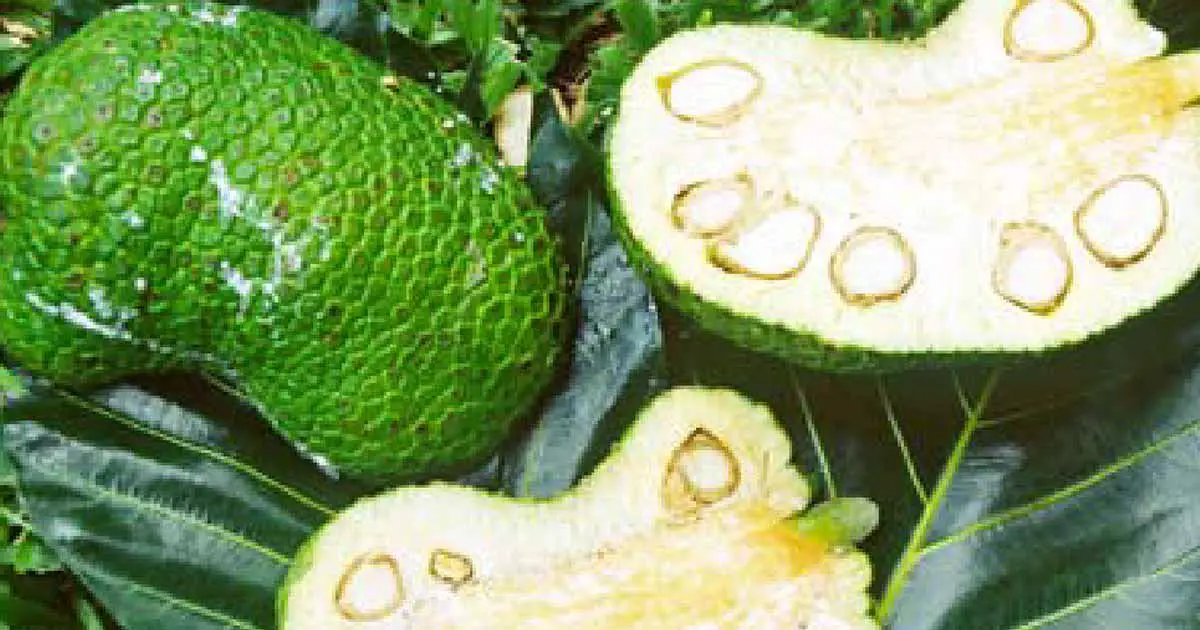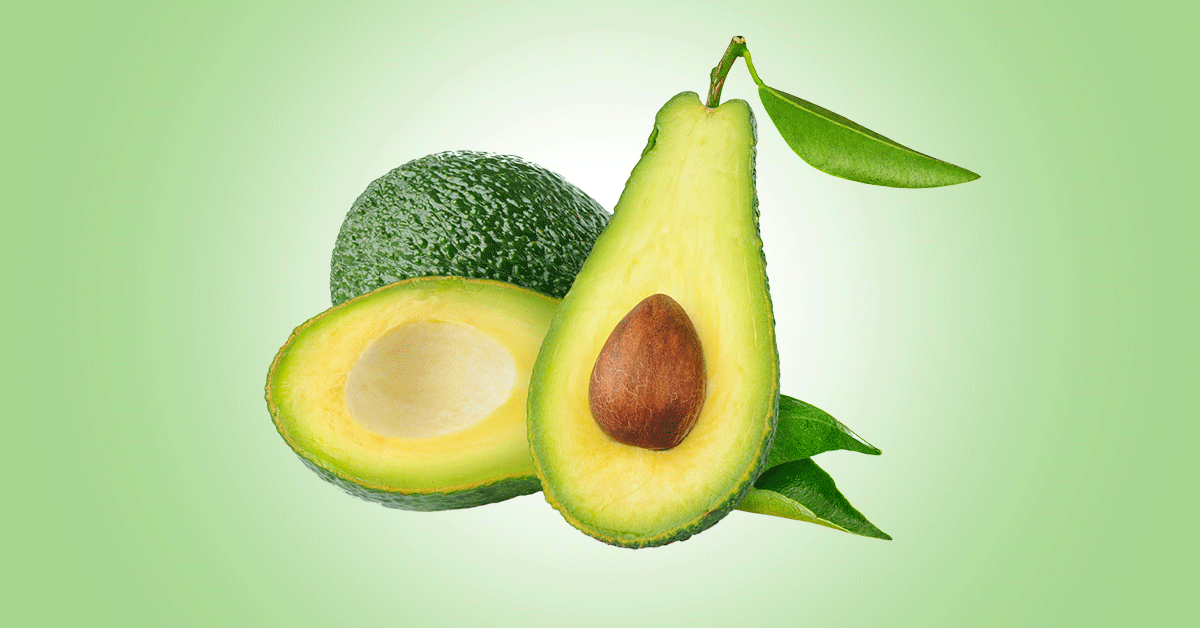Marianas breadfruit or seeded breadfruit is a plant belonging to the Moraceae family alongside fig, mulberry, and jackfruit.
The plant is native to Palau and the Mariana Islands, but cultivated in Tuvala, Naura, Marshall Islands, Micronesia, Kiribati. It has since naturally hybridized with breadfruit (A. altilis), with the most varieties now referred to as ‘breadfruit’, whether they are seeded or seedless.
Marianas breadfruit can grow up to 20 m height, and can be more massive than breadfruit, and breadnut. The leaves are entire or shallowly dissected, with 1–3 lobes on the upper third of the blade. The small fruit has pebbly texture and dark green skin. The flesh of the fruit is deep yellow when ripe, and has a sweet aroma and flavor. The fruit may contain few or many large, rounded dark brown, shiny seeds.
Other names include chebiei, ebiei, meduuliou, mai (Palau), maiyah (Puluwat, Yap), dugdug, dokdok (Mariana Islands), mei kole (Pohnpei), te mai (Kiribati), and mei chocho (Chuuk).
The seeds, fruits, and gum are utilized. The very ripe fruit can be eaten raw, as the deep yellow pulp has a sweet aroma and taste. The immature fruit is cooked or roasted, and is highly nutritious.
Composition
The seeds contain protein, carbohydrates, low fat, minerals, and vitamins, especially vitamin A.
Medicinal Uses of Marianas breadfruit
- Root: The astringent property is used as a purgative, while the macerated form is used as poultice for skin disease
- Leaves: Crushed leaves are used as poultice to treat skin ailments and fungus diseases like thrush. Sap from crushed leaf stalks are used to treat ear infections or sore eyes.
- Latex: Diluted latex are used to treat diarrhea, stomach-aches, and dysentery, broken bones and sprains
References
- https://ntbg.org/breadfruit/about-breadfruit/species/
- https://tropical.theferns.info/viewtropical.php?id=Artocarpus+mariannensis












